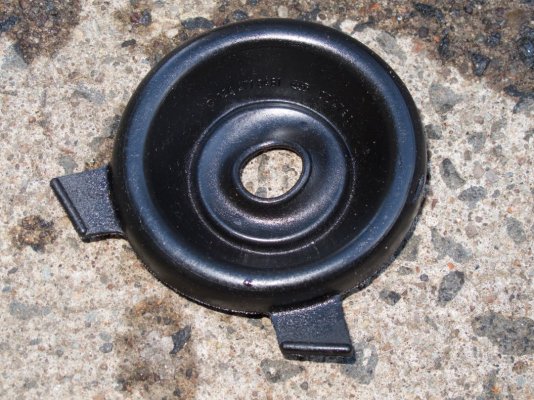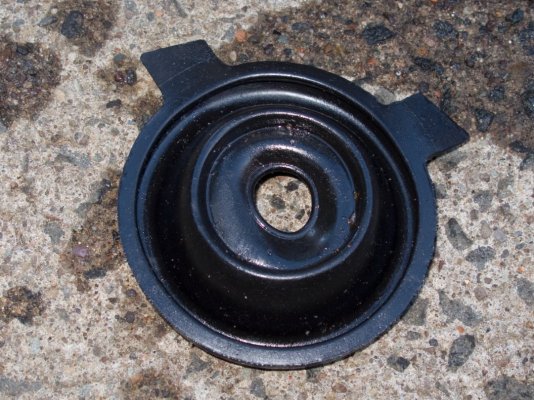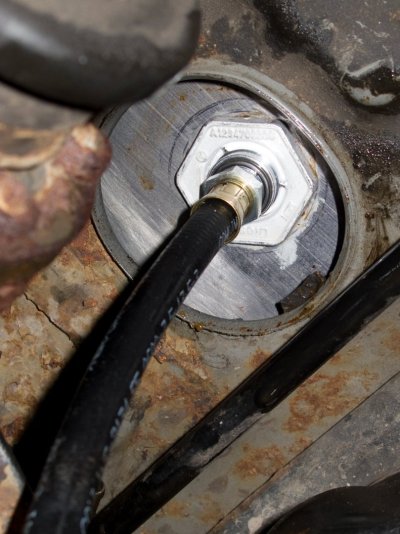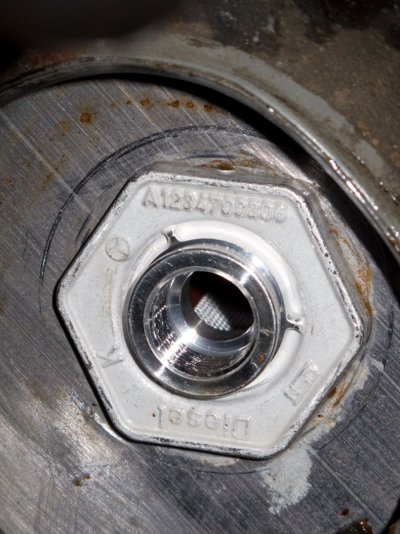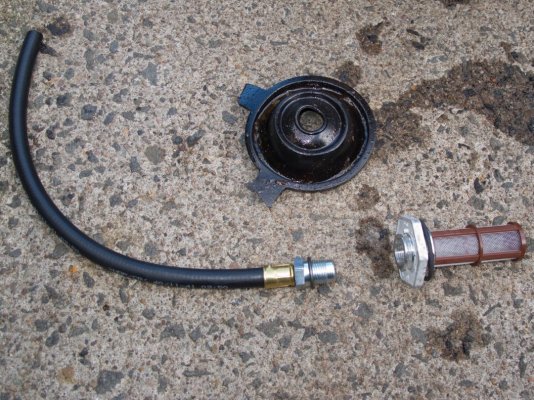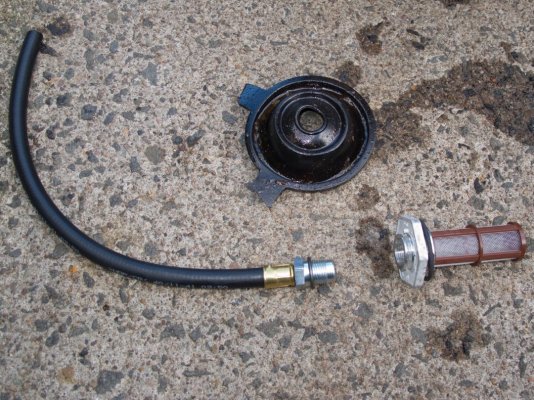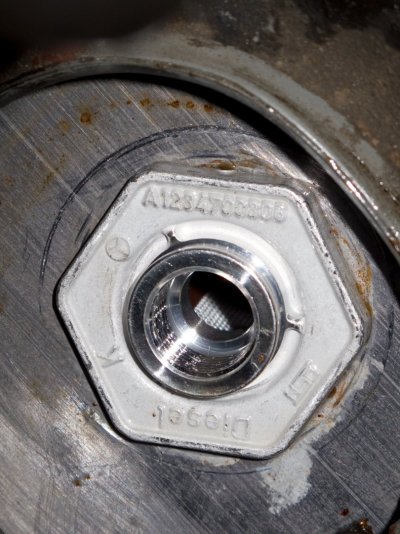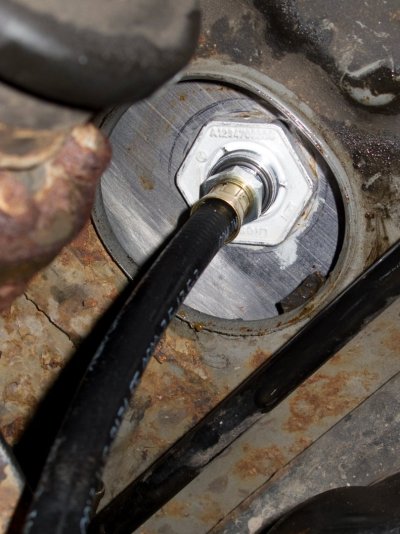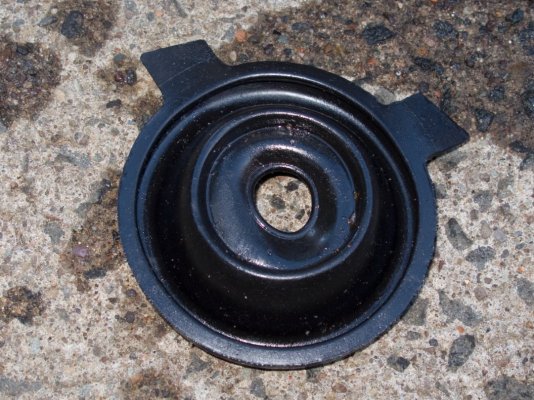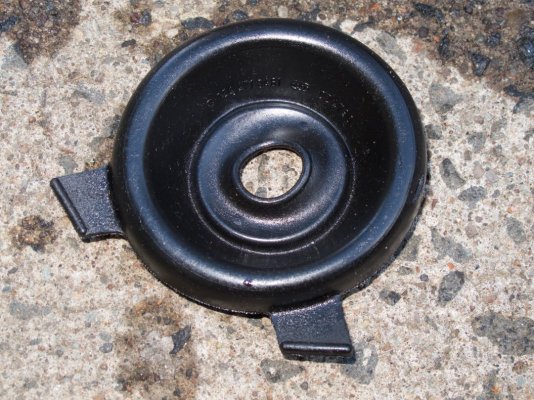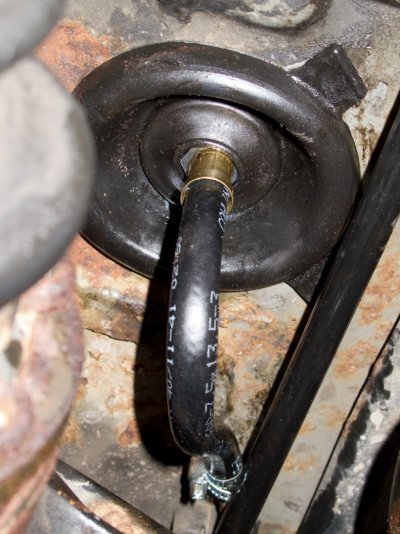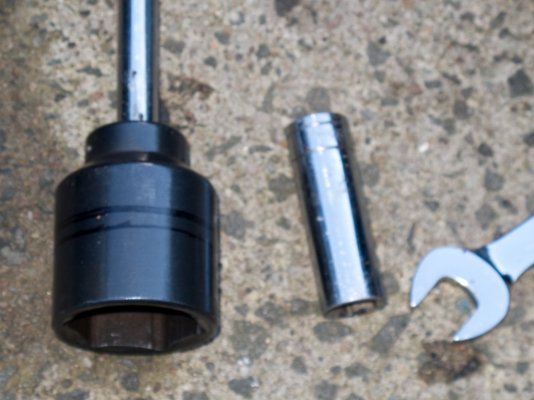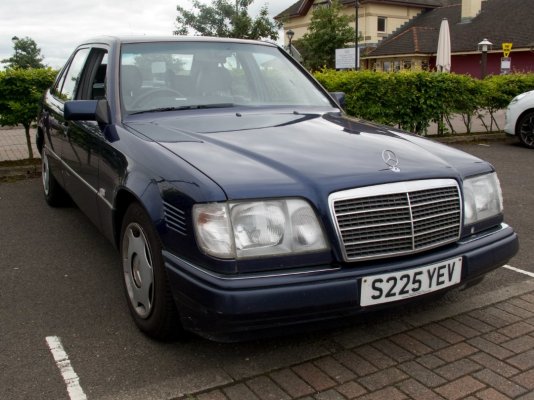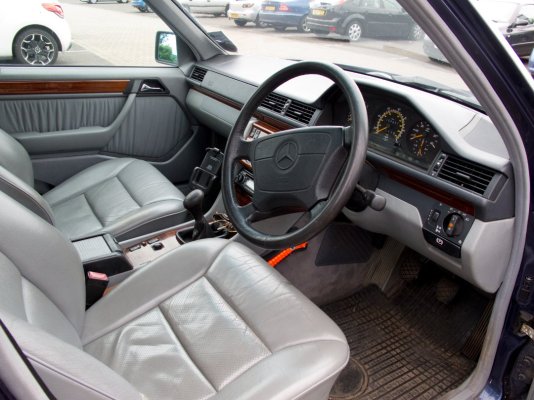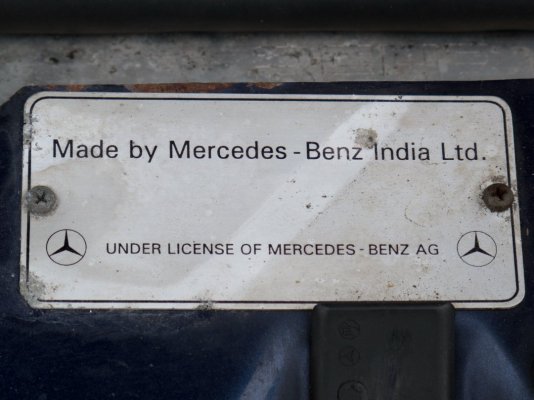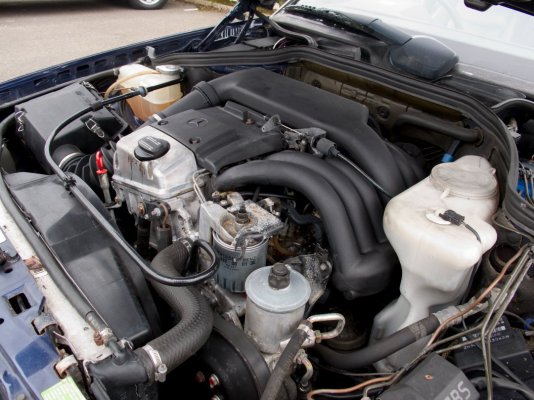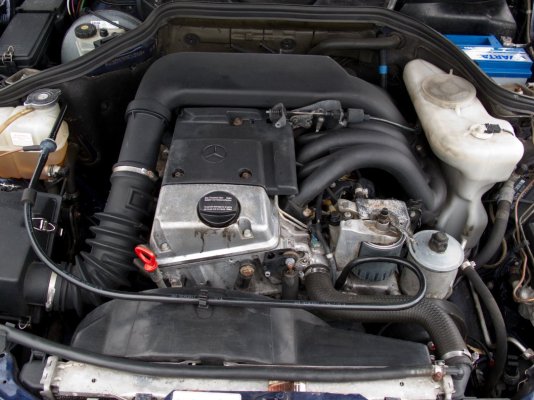You mentioned getting fuel up when the feed pipe is disconnected , but not at high pressure . I would suggest starting at the beginning ( the fuel tank ) and working your way forward ( following the flow of the fuel ) one step at a time .
I know you said the tank was drained , but you don't know how . If the tank was siphoned out rather than being drained from the bottom , there could be all sorts of crud in the bottom of the tank , possibly blocking the strainer inside the tank , which is there to prevent rust or other bits and pieces getting into the fuel line . If it hasn't been done , I would strongly suggest replacing the strainer .
The last W123 was made around 1985 or 1986 ; C registration was the crossover with the W124 series , so any W123 will be 40 years old , and the first ones came out in 1976 , so the car could even be knocking on the door of 50 years old ?
When I acquired a W124 diesel saloon a number of years ago , I gave it a good overhaul , and part of that was draining the tank and replacing the strainer as I knew the car had stood for about three years before I got it . Although that car was Diesel ( which brings its own problems because a form of algae will grow in a Diesel tank left standing and can clog up the lines , not an issue in petrol cars ) you can still have all sort of cr@p in a petrol tank , including water contamination and corrosion caused by this .
Here are some pictures of the outlet pipes from the tank on the W124 ( W123 won't be that different ) , the strainer ( note the state of the old one compared to the new one ; the same strainer fits a vast range of cars , and while I can't remember the cost , it wasn't that expensive or I certainly would remember ) . You also mentioned the fuel pump ( or one of them ) being changed ; here also there are a number of fragile and VERY expensive pipes , some with banjo couplings , which can easily crack ; if any of these are damaged , or just not sealed properly , they can draw air and cause poor fuel supply .
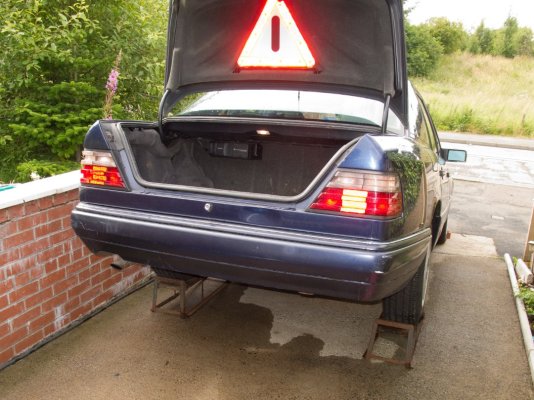

You can clampthe rubber fuel hose where it exits the tank , then undo the hose clip to drain the tank into a fuel can before removing the strainer ; again if little flows out , there will be a blockage in the tank , but the photos below will show why it is well worth checking this simple item .
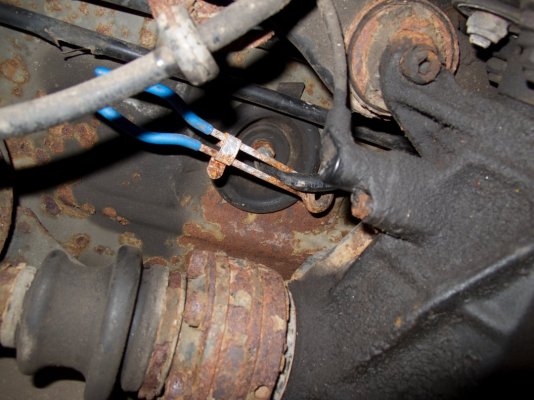
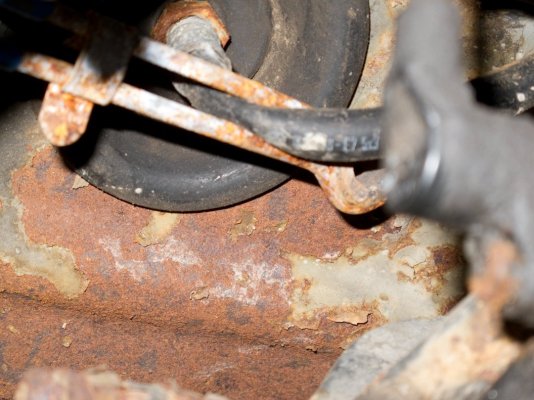
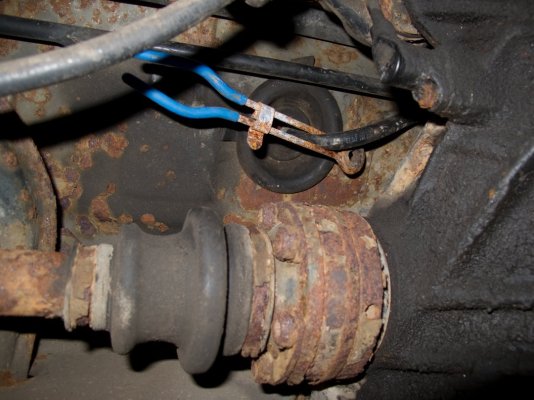
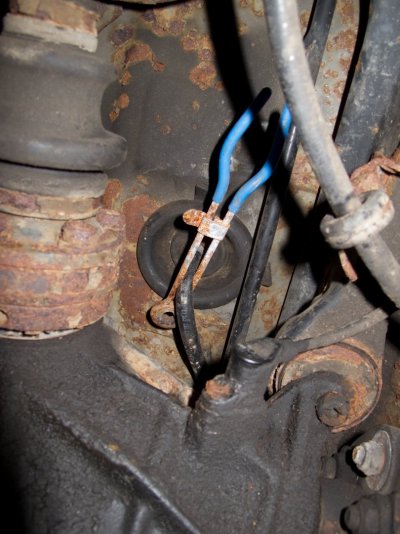
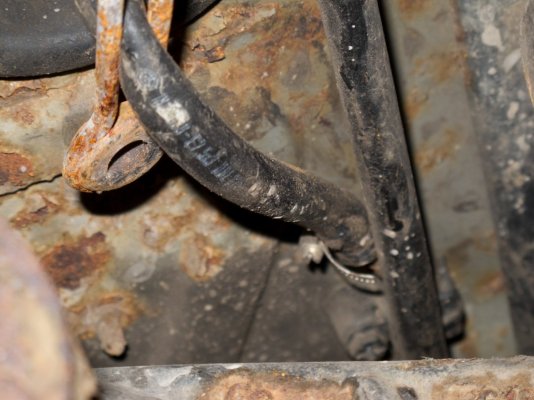
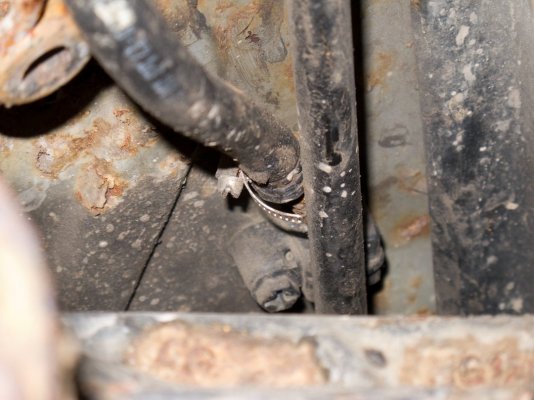
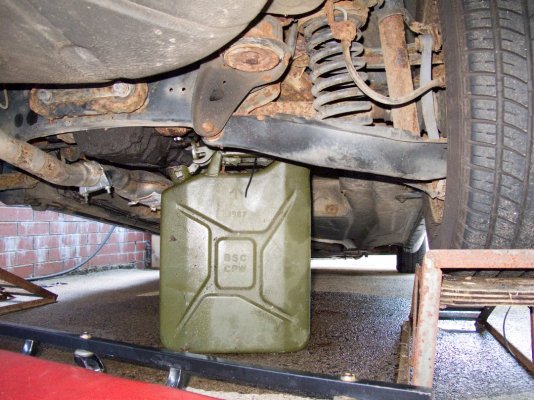

Now , here are the SCARY ones ! If the strainer in your car is even HALF as bad as this one , you will have fuel supply problems , no matter how hard your fuel pump sucks . Oh , and don't over look the vent in the fuel filler cap , which has to let air in as fuel is drawn out - if this is blocked you will get poor fuel flow , plus the tank will slowly implode as it is constantly under suction - you can easily check for this simply by trying to start the car with the fuel cap removed .
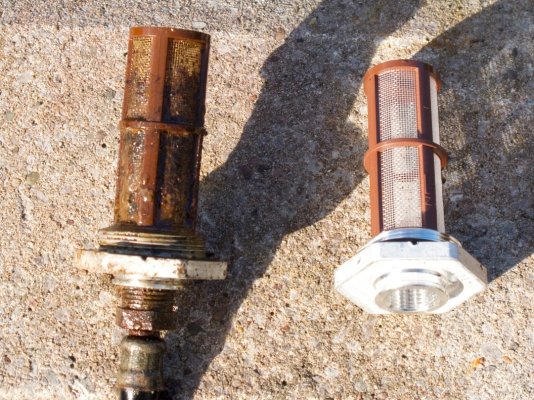
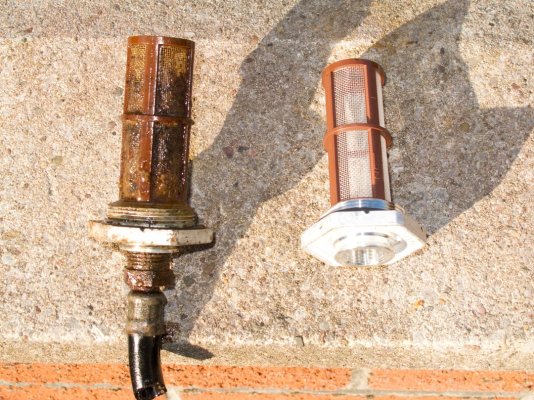
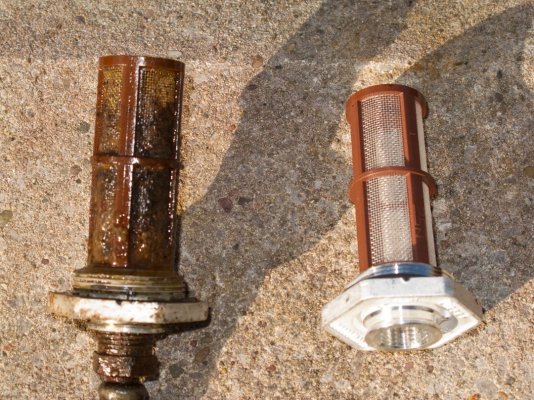
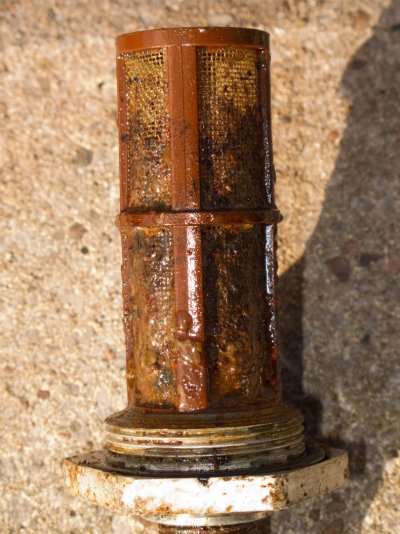
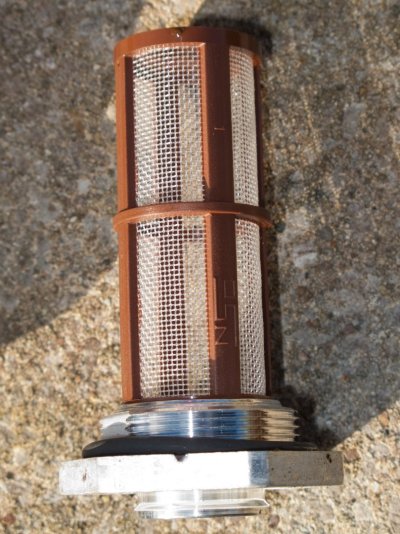
I will post more below
















